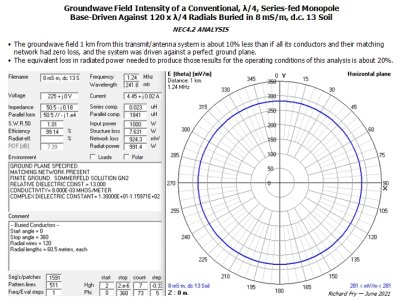Is it possible to just drive down a road that lines up with a radial from an AM array with an FIM-4100, turning the array quickly from nondirectional to directional, scores of times an hour? I heard a station doing just that, with scores of carrier on and off switching in a short time. Is there another possibility as to why they would be switching the transmitter on and off that many times in the approximately 40 minutes I heard in the car? If I had been at home, I could have used an FIM-41 to see what the different field strengths were on switching. I have heard proofs many times and they sounded like this, but with periods of a minute or more between switching. I know the FIM-4100 has a lot of capabilities that might support quick measurements like that, but I am not sure what is going on. I know they have been working on the site and replacing doghouses and presumably phasing equipment.
Last edited:


